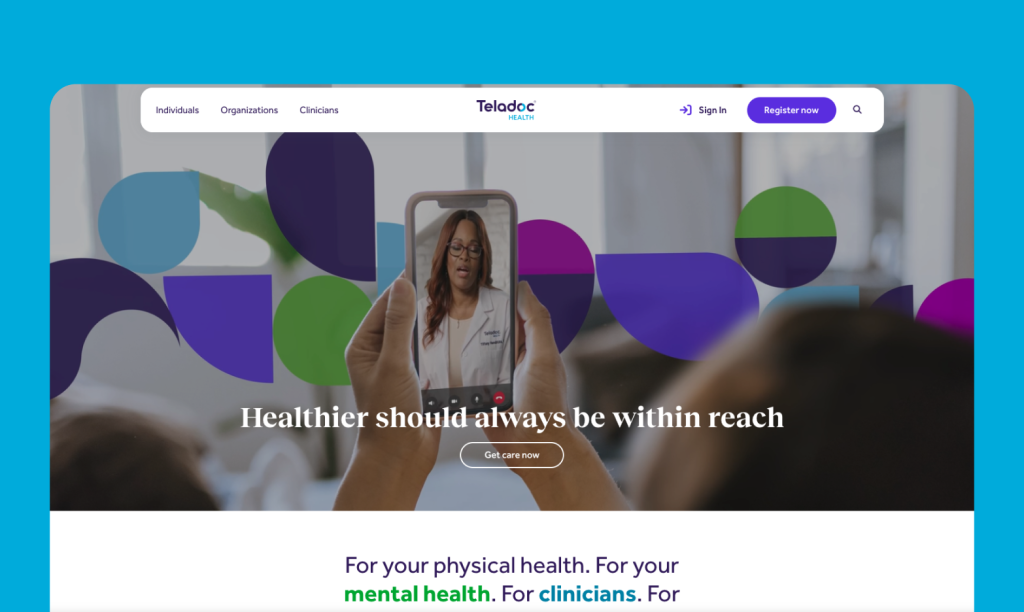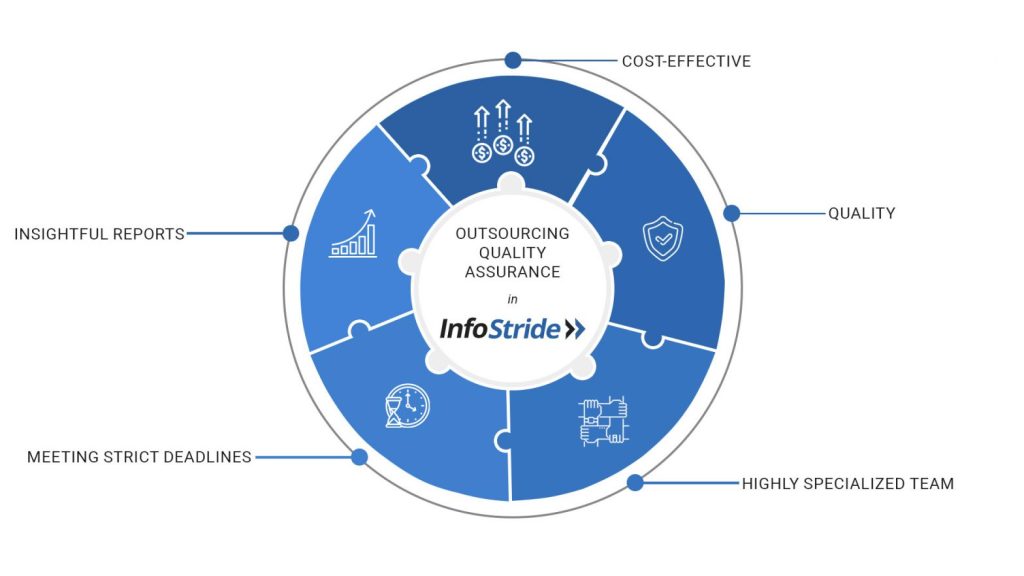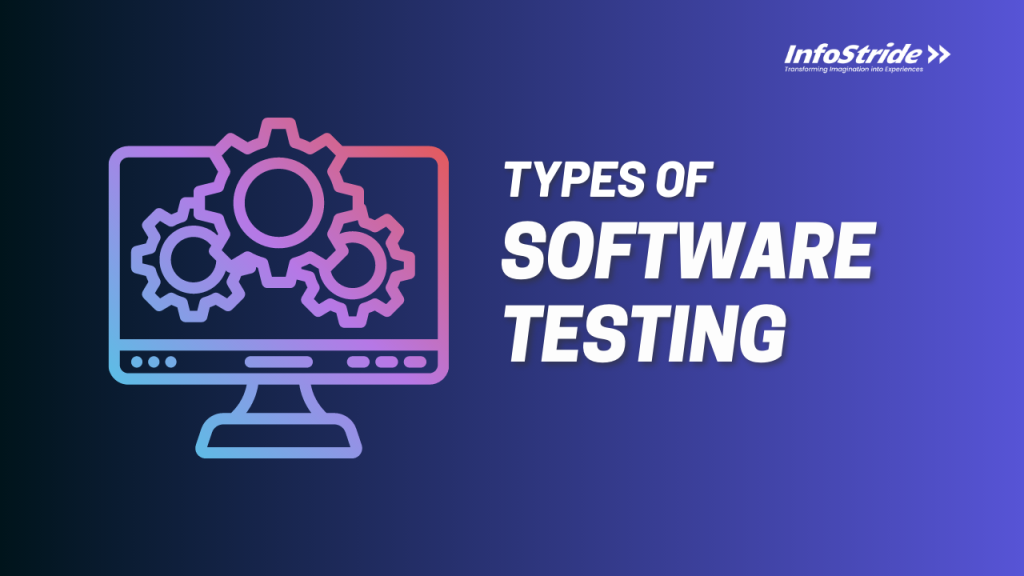Teladoc Health stands as a pioneer in the telemedicine industry, revolutionizing how people access healthcare services. With a mission to make healthcare more accessible and convenient, Teladoc has built a global presence, serving over 50 million members across 175 countries. It offers a comprehensive range of services, including virtual doctor consultations, mental health therapy, and chronic disease management, addressing the growing demand for patient-centric care. As the telehealth market is projected to reach $559.52 billion by 2027, Teladoc’s innovative approach places it at the forefront of this transformative shift.
Understanding Teladoc’s business model provides valuable insights into how technology can bridge gaps in traditional healthcare. By leveraging a scalable platform and strategic partnerships, Teladoc not only ensures high-quality care but also sets a benchmark for aspiring telehealth ventures. As telemedicine reshapes the future of healthcare delivery, studying leaders like Teladoc Health is key for businesses looking to enter or expand in this dynamic sector.
How Does Teladoc Work?

Teladoc Health is a global leader in telemedicine, offering a seamless platform for delivering healthcare services remotely. By connecting patients to licensed medical professionals through virtual channels, Teladoc addresses critical challenges such as accessibility, affordability, and convenience. Its offerings cover a wide range of healthcare needs, including:
- Virtual Doctor Consultations: On-demand access to physicians for non-emergency medical concerns.
- Mental Health Therapy: Counseling and therapy sessions for stress, anxiety, depression, and more.
- Chronic Condition Management: Support for ongoing care, including diabetes and hypertension.
- Specialized Services: Dermatology, nutrition counseling, and expert medical opinions.
Key Statistics
- Global Reach: Serving 50 million members across 175 countries.
- Rapid Growth: In 2023, Teladoc reported $2.6 billion in revenue, reflecting its strong market position.
- Widespread Adoption: Over 10 million virtual visits annually, demonstrating consumer trust in its platform.
How Teladoc Works
- Registration: Users sign up via the Teladoc app or website, providing personal and medical information.
- Scheduling: Patients choose a convenient time for their consultation or access on-demand services.
- Consultation: Interact with a licensed healthcare provider via video or audio call.
- Follow-ups: Receive digital prescriptions, medical advice, and ongoing support if needed.
By offering a simple and efficient user journey, Teladoc ensures high-quality care that fits seamlessly into users’ lives.
Teladoc Business Model Overview
Teladoc Health operates on a robust and scalable business model designed to provide accessible, affordable, and high-quality healthcare services. Its success lies in combining cutting-edge technology with a customer-centric approach, catering to a wide range of healthcare needs.
Key Elements of Teladoc’s Business Model
1. Value Proposition
Teladoc’s value proposition revolves around:
- Convenience: 24/7 access to medical professionals from anywhere in the world.
- Accessibility: Services that cater to underserved regions and individuals with limited access to traditional healthcare.
- Cost-Effective Healthcare: Affordable consultations compared to in-person visits, saving time and money.
2. Key Customers
Teladoc serves a diverse customer base:
- Patients: Individuals seeking convenient and timely medical care.
- Employers: Companies offering Teladoc as part of employee wellness programs.
- Insurers: Health insurance providers integrating Teladoc to enhance their services.
- Healthcare Providers: Hospitals and clinics using Teladoc to expand their reach.
3. Key Resources
The foundation of Teladoc’s success includes:
- Technology Platform: A secure, HIPAA-compliant telemedicine infrastructure.
- Medical Professionals: A global network of licensed physicians, therapists, and specialists.
- Partnerships with Insurers: Ensuring seamless integration and broader service adoption.
Teladoc’s business model is a testament to the growing potential of virtual healthcare. Its strategic focus on customer-centric innovation has set a benchmark for similar ventures. For more insights, check out our detailed breakdown of the doctor on demand business model.
Teladoc Revenue Model

Teladoc Health’s revenue model is designed to capitalize on the growing demand for virtual healthcare through diversified income streams. By balancing subscription-based earnings with transactional fees and strategic collaborations, Teladoc has established itself as a financially resilient leader in the telemedicine sector.
1. Key Revenue Sources
Subscription Fees
- Teladoc earns recurring revenue from subscription plans tailored for:
- Enterprises: Employers integrate Teladoc into wellness programs to reduce healthcare costs and enhance employee satisfaction.
- Insurance Companies: Health insurers bundle Teladoc’s services into their plans to attract and retain members.
- Individuals: Monthly or annual subscriptions allow consumers to access Teladoc’s core offerings without per-visit charges.
Pay-Per-Visit Model
- For users without a subscription, Teladoc provides one-time consultation services, ensuring flexibility and wider accessibility.
- These visits generate revenue while addressing the needs of uninsured or infrequent users.
Strategic Partnerships and Licensing
- Teladoc partners with major health insurers and providers, embedding its telemedicine solutions into their systems.
- Licensing its technology platform to other healthcare entities creates additional revenue opportunities while expanding its ecosystem.
2. Impact on Revenue Growth
- Steady Growth: In 2023, Teladoc reported $2.6 billion in revenue, reflecting the effectiveness of its diversified model.
- Volume of Services: Over 10 million virtual visits annually highlight its strong operational scale.
- Global Partnerships: Collaborations with insurance giants like Aetna and UnitedHealthcare have driven sustained adoption across multiple markets.
Teladoc’s ability to monetize telehealth at scale offers a roadmap for businesses aiming to enter this space. Its innovative revenue streams underscore the financial viability of virtual healthcare solutions, making it a model worth studying for telemedicine entrepreneurs.
Why Teladoc’s Business Model is Successful
Teladoc Health’s success stems from its ability to address critical healthcare challenges while leveraging innovative strategies. Its business model stands out due to several competitive advantages that ensure scalability, relevance, and impact in the telehealth market.
Key Factors Behind Teladoc’s Success
1. Comprehensive Service Offerings
- Teladoc provides a wide array of services, including:
- Virtual Doctor Consultations: General and specialized medical advice.
- Mental Health Support: Therapy and counseling for anxiety, depression, and more.
- Chronic Condition Management: Continuous care for diabetes, hypertension, and other long-term conditions.
- This diversity attracts a broad customer base, ensuring relevance across demographics.
2. Global Reach and Scalability
- Teladoc operates in over 175 countries, making it a truly global telehealth provider.
- Its technology-driven approach allows seamless scalability to meet the demands of diverse healthcare markets worldwide.
3. Integration with Employers and Insurance Plans
- Teladoc is a trusted partner for employers and insurers who want to improve healthcare outcomes for employees and members.
- By embedding its services into corporate wellness programs and health insurance plans, Teladoc has created a steady pipeline of customers while offering cost-saving solutions to its partners.
4. Tackling Common Healthcare Challenges
Teladoc addresses two of the most pressing issues in traditional healthcare:
- Access: By eliminating geographical barriers, Teladoc provides care to underserved populations, including rural areas with limited healthcare infrastructure.
- Affordability: Virtual consultations significantly reduce costs compared to in-person visits, making healthcare more accessible to uninsured or underinsured individuals.
Teladoc’s ability to innovate, adapt, and cater to both individual and institutional needs has positioned it as a leader in the telehealth industry. Its success showcases how technology-driven healthcare solutions can transform global healthcare access and delivery.
Developing an App Like Teladoc
Creating a telemedicine app inspired by Teladoc requires a strategic approach to ensure it meets the needs of both patients and healthcare providers. Here’s a step-by-step guide to developing a feature-rich and user-friendly telemedicine platform.
Steps to Build a Telemedicine App

1. Define Your App’s Purpose and Target Audience
- Identify the specific healthcare challenges your app will address (e.g., general consultations, chronic care, mental health).
- Understand the needs of your target users, such as patients, healthcare providers, and insurers.
2. Identify Essential Features
Incorporating the right features is crucial to delivering a seamless telemedicine experience. Some must-have functionalities include:
- Video Consultations: Secure and high-quality video conferencing for doctor-patient interactions.
- Secure Chat: Encrypted messaging for quick consultations and follow-ups.
- E-Prescriptions: A system to send and manage digital prescriptions.
- Medical Records Integration: Centralized storage for patient histories, lab reports, and ongoing treatment plans.
- Appointment Scheduling: User-friendly tools for booking, rescheduling, and canceling appointments.
- Payment Gateway: Secure methods for processing subscription fees or pay-per-visit charges.
3. Choose the Right Tech Stack
- Develop a HIPAA-compliant platform to ensure data privacy and security.
- Use scalable technologies for backend, database management, and video streaming to handle growing user demands.
4. Design a User-Centric Interface
- Create a simple and intuitive interface to ensure accessibility for users of all ages and technical expertise.
- Prioritize features like one-tap scheduling, easy navigation, and multilingual support.
5. Test and Launch the MVP
- Build a Minimum Viable Product (MVP) to test the core features and gather feedback.
- Continuously iterate and improve the app based on user insights.
Key Considerations for Telemedicine App Development
- Regulatory Compliance: Ensure adherence to healthcare standards like HIPAA (USA), GDPR (Europe), and others.
- Scalability: Build a platform that can handle increasing users and features without compromising performance.
- Partnerships: Collaborate with medical professionals, insurance providers, and pharmacies for a holistic experience.
For a detailed guide on building your telemedicine app, check out our article on how to develop a healthcare app. Investing in telemedicine now could place you at the forefront of the healthcare revolution.
Also Read: Healthcare Business Ideas for Startups and Entrepreneurs
Teladoc App Development Cost
The cost of developing a telemedicine app like Teladoc depends on several factors, ranging from the features you want to include to the technology and compliance requirements. Here’s a detailed breakdown to help you understand the key cost drivers.
Key Factors Influencing Telemedicine App Development Cost
1. Features and Functionality
- Core Features: Video consultations, secure messaging, appointment scheduling, and e-prescriptions are essential and affect development time and cost.
- Advanced Features: AI-based symptom checkers, integration with wearable devices, or multilingual support can significantly increase costs.
2. Compliance with Healthcare Regulations
- Ensuring adherence to standards like HIPAA (USA), GDPR (Europe), and others is mandatory for handling sensitive patient data.
- Regulatory compliance adds both development complexity and cost.
3. Technology Stack
- A robust backend architecture and secure cloud infrastructure are necessary for scalability and data security.
- Technologies like real-time video streaming, payment gateways, and database management also contribute to costs.
4. Design Complexity
- UI/UX Design: A user-friendly interface tailored for diverse demographics increases upfront investment.
- Custom animations or branding elements can further add to design costs.
5. Development Team Expertise
- Team Composition: Costs vary depending on whether you hire a freelance developer, outsource to an agency, or work with an in-house team.
- Highly skilled teams with experience in healthcare software development often charge a premium.
Estimated Cost Range
The total cost of developing a telemedicine app can range from $50,000 to $300,000+, depending on:
- Basic MVP: ~$50,000–$100,000, suitable for testing core features.
- Mid-Level App: ~$100,000–$200,000, including advanced features and improved scalability.
- Full-Scale App: $200,000+ for complex functionality, global reach, and advanced integrations.
To get a deeper understanding of telemedicine app development costs, explore our comprehensive guide on healthcare app development cost. Partnering with an experienced healthcare software development company ensures your investment delivers a secure, scalable, and innovative solution.
Leveraging MVP Development for Telehealth Apps
When developing a telemedicine app, starting with a Minimum Viable Product (MVP) is a strategic approach. An MVP allows you to test core features, gather user feedback, and minimize risk while ensuring you are investing in the right functionalities. This iterative approach is cost-effective and helps ensure a better final product.
Benefits of Starting with an MVP
- Cost-Effective: By focusing on essential features, you can keep initial development costs low and avoid unnecessary spending.
- Faster Time to Market: An MVP allows you to launch the app quickly, providing the opportunity to iterate based on user feedback.
- Risk Mitigation: Testing a limited version of the app helps you understand what works and what doesn’t before full-scale development.
- User-Centered Development: An MVP enables you to gather valuable insights from real users, improving the app’s design and functionality based on actual needs.
Key Features to Include in an MVP
When building a telemedicine app MVP, it’s essential to include the core features that form the foundation of the service:
- Appointment Scheduling: Allow users to book, reschedule, and cancel appointments with ease.
- Video Consultations: Secure and high-quality video calls are fundamental to a telemedicine app.
- Secure Messaging: Enable encrypted messaging for quick follow-ups and consultations between patients and healthcare providers.
These features cover the primary functions necessary for a telemedicine platform, providing a solid base to expand upon as the app evolves.
For more on building an MVP, check out our MVP Development Services and learn about the MVP app development cost to start your telehealth app journey today.
Challenges and Opportunities in Telemedicine App Development
Developing a successful telemedicine app like Teladoc comes with its own set of challenges, but these hurdles also present opportunities for innovation and growth. Understanding these challenges and exploring the opportunities can help you create a competitive and effective platform.
Challenges in Telemedicine App Development
1. Regulatory Compliance and Patient Data Security
- Regulatory Hurdles: Telemedicine apps must adhere to strict healthcare regulations, such as HIPAA in the U.S. and GDPR in Europe, to ensure patient privacy and data security.
- Data Protection: Securing sensitive health information is paramount, requiring strong encryption and secure storage practices. Failure to meet compliance standards can lead to legal consequences and loss of user trust.
2. Competition in the Telehealth Space
- Market Saturation: As the telemedicine industry grows, many new platforms are emerging. Standing out in this competitive market requires offering unique features and delivering exceptional user experiences.
- Innovation Pressure: Continuous innovation is needed to stay ahead of competitors, making it necessary to constantly improve the app’s functionality and user interface.
Also Read: Hospital Management Software Guide
Opportunities in Telemedicine App Development
1. Integrating AI and Wearable Tech
- AI Integration: Artificial Intelligence can be used to automate patient triage, suggest treatment plans, and even analyze health data to predict medical conditions. AI chatbots and symptom checkers can streamline the consultation process, reducing wait times.
- Wearable Tech Integration: Integrating wearable devices with your telemedicine app can provide real-time data for healthcare providers, enabling personalized and proactive care. Devices like smartwatches or fitness trackers can help monitor chronic conditions like diabetes or heart disease.
2. Enhanced Patient Experience
- Telehealth Accessibility: Offering multilingual support, flexible payment options, and integrating telemedicine with mental health services can cater to a wider range of patients, addressing diverse needs.
Role of a Healthcare Software Development Company
A healthcare software development company can help overcome the regulatory, security, and technical challenges involved in creating a telemedicine app. With their expertise, they ensure compliance with regulations, implement robust security measures, and integrate advanced features like AI and wearable tech. Partnering with an experienced development team streamlines the process and enhances the app’s quality and scalability.
Key Takeaways
By addressing challenges while exploring new opportunities, you can create a telemedicine app that stands out in the growing healthcare market.
Teladoc Health’s innovative business model, emphasizing convenience, accessibility, and cost-effective healthcare, has set a benchmark in the telemedicine industry. For businesses aspiring to enter this space, understanding and adapting these strategies is crucial. Leveraging InfoStride’s expertise in telehealth app development can provide the necessary guidance and technical proficiency to navigate the complexities of creating a successful telemedicine platform.












